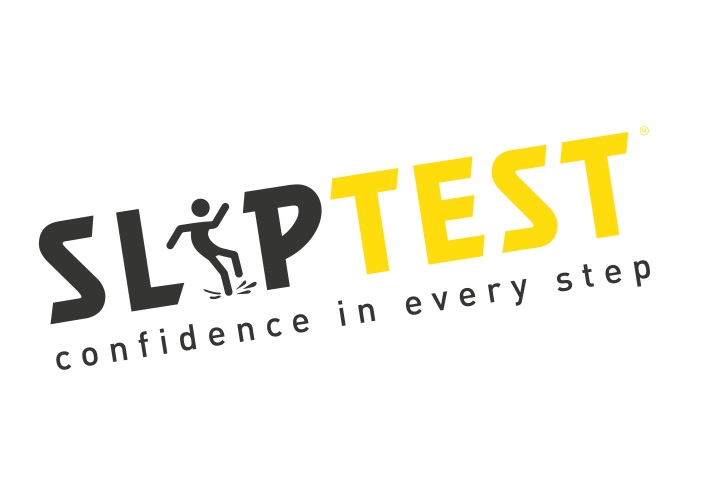Slips, Trips and Falls in the Workplace
Slips, trips, and falls are common workplace accidents that can result in injuries ranging from minor bruises to severe fractures or head injuries. They are the number one cause of workplace injury, accounting for 30% of all non-fatal workplace injuries* and can occur in any industry or work environment.
Slips, Trips and Falls cost employers over £500m per year* This is made up of visible costs, these are usually costs that are insured against and are associated with the injury such as medical and rehabilitation expenses or workers compensation claims.
But there are also a lot of hidden costs when dealing with a slip, trip or fall in the workplace:
- Loss of productivity
- Fines/penalties and legal
- Overtime working, temporary labour
- Training and prevention
- Loss of expertise and experience
- Investigation time
- Clerical and administration time
- Brand reputation
- Product, plant, equipment damage
- Decreased employee morale
In addition, slips, trips and falls cost society over £800m per year and £133 million per year
cost to the health service.
Employers and employees both play a role in preventing such accidents and ensuring a safe working environment.
Some obvious causes of a slip, trips or falls in the workplace to be aware of are:
- Wet or slippery floors due to spills, leaks, or weather conditions.
- Uneven or damaged flooring or walking surfaces.
- Cluttered work areas with objects obstructing walking paths.
- Inadequate lighting that makes hazards difficult to see.
- Improperly stored materials or cords crossing walkways.
- Stairs without handrails or with uneven steps.
- Inadequate training on proper lifting techniques or safety procedures.
Over and above these more obvious causes of slip we find in most cases that the individual environmental factors present at each site are what actually cause a floor surface to become more slippery once in-situ. Slip Testing helps identify problems such as:
- Build-up of contamination
- Ineffective or non-existent cleaning regimes
- Build of up detergent residues
- Early degradation and wear
Slip Testing is a great way to uncover how your floor is behaving and if there are any issue that are invisible to the eye on your floor surface creating a slip risk for your employees and members of the public.
Some standard prevention measures include:
- Maintain a clean and orderly workplace.
- Regularly inspect work areas and encourage employees to keep their workspaces tidy.
- Promptly clean up spills, ensuring the correct cleaning method is used for the contaminant on the floor surface to ensure cleaning doesn’t increase the slip risk.
- Proper Signage.
- Use warning signs for wet floors or hazardous areas. Ensure warning signs are removed after sufficient drying time.
- Good Housekeeping.
- Ensure proper storage of tools, materials, and equipment. Keep walkways clear of clutter.
- Flooring and Walkway Maintenance.
- Repair or replace damaged flooring or surfaces promptly.
- Address uneven surfaces or potholes.
- Regular slip testing can help signpost signs of degradation early, before the problem becomes too expensive or slip risk is too high.
- Appropriate Footwear.
- Encourage employees to wear slip-resistant footwear suitable for their work environment.
- Proper Lighting.
- Ensure adequate lighting throughout the workplace to identify potential hazards.
- Stair Safety.
- Install handrails on both sides of stairs and ensure they are in good condition. Keep stairways clear of obstacles.
- Employee Training.
- Train employees on safe work practices, proper lifting techniques, and the importance of reporting hazards promptly.
- Specific Slip Risk Awareness Training can be delivered via SlipTest, the purpose of which is to ensure all employees are prepared and confident in understanding factors that affect slip risk and can proactively assist to reduce the number of incidents. Slip Risk Awareness Training | Floor Slip Testing Services | SlipTest
- Safety Culture.
- Foster a safety-oriented culture where employees are encouraged to report hazards and near-miss incidents without fear of repercussions.
- A Regular Slip Testing regime.
- All organisations have a duty of care to their employees or customers to provide a safe environment in which to work or take leisure.
- Our HSE approved test methods bring you measurable proof of compliance, together with peace of mind against expensive litigation.
- Regular testing and monitoring of floor safety can save further substantial costs as a result of absenteeism due to workplace accidents.
- Regular testing and recording of data build a picture of your slip risk over time. This record along with a record of the actions you have taken to minimise slip risk create your defence should an accident occur.
*HSE 2022



